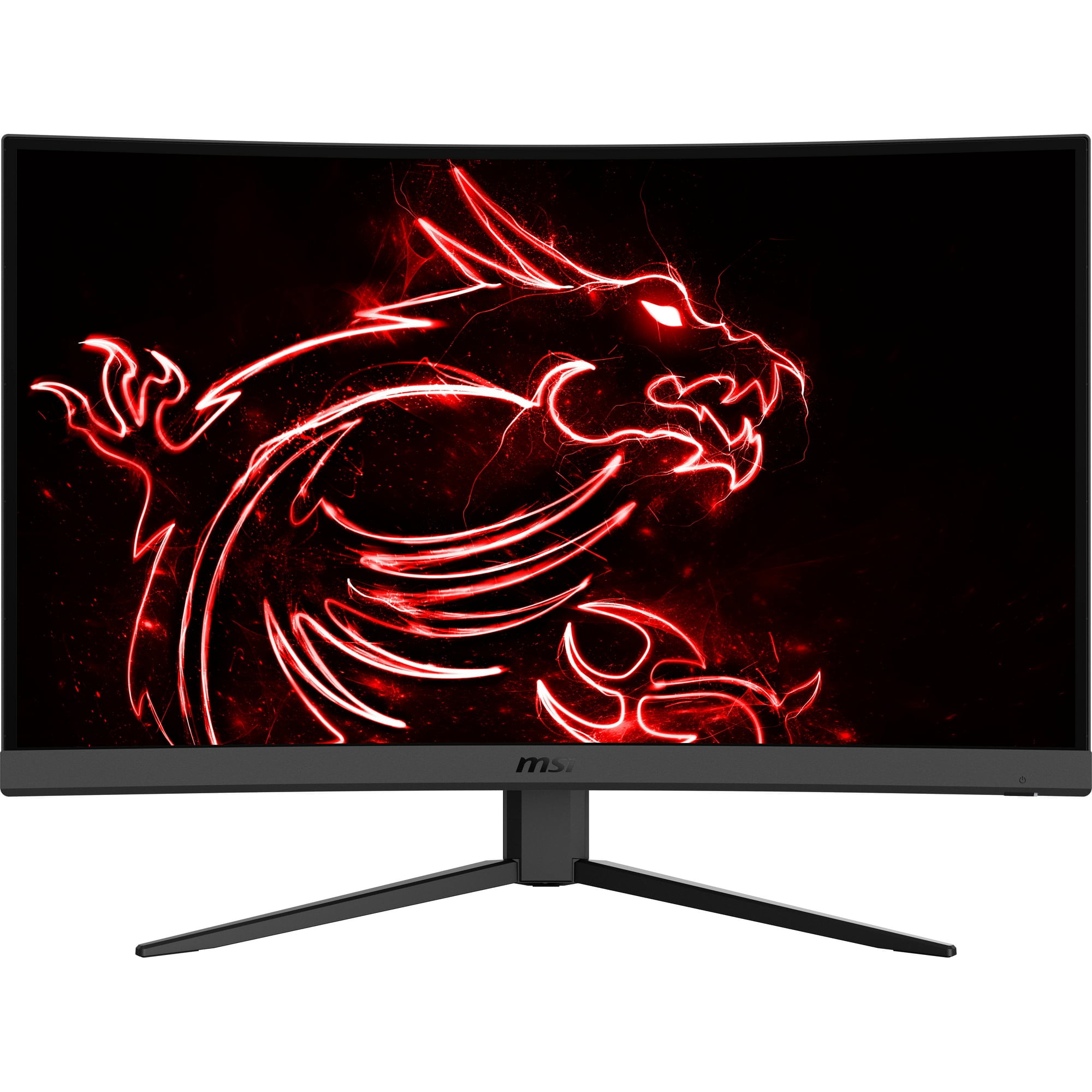Index Surge: Amplifying Your Insights
Stay updated with the latest trends and news across various industries.
Monitor Mayhem: Choosing Between Glorious Graphics and Savage Speed
Dive into Monitor Mayhem! Discover how to balance breathtaking graphics with lightning-fast speed for the ultimate gaming experience.
Exploring the Trade-offs: Graphics vs. Speed in Gaming Monitors
When it comes to gaming monitors, players often face a crucial decision: prioritize graphics quality or focus on speed. High-resolution displays with vibrant colors and sharp details can immerse gamers in stunning virtual worlds, enhancing the overall experience. However, increasing the resolution often leads to compromises in refresh rates, which can affect gameplay fluidity. For instance, a stunning 4K monitor might offer breathtaking visuals, but if it has a low refresh rate, fast-paced games can suffer from input lag and motion blur, which can diminish performance in competitive settings.
On the flip side, monitors emphasizing speed often feature higher refresh rates and quicker response times, making them ideal for competitive gaming. A 144Hz or even 240Hz refresh rate can provide smooth visuals, translating to better reactions and precision during high-stakes matches. Yet, these speed-focused monitors might not deliver the same level of visual fidelity as their high-resolution counterparts. Gamers must weigh their priorities carefully: will they sacrifice graphics for speed, or will they opt for a visually rich experience that could hinder their competitive edge?

How to Choose the Right Monitor: Balancing Visual Quality and Performance
Choosing the right monitor is crucial for optimal visual quality and performance, especially for tasks ranging from gaming to graphic design. When making a decision, consider the resolution and refresh rate. A higher resolution, such as 4K, offers sharper images, making it ideal for creative professionals, while a refresh rate of 144Hz or more enhances the experience for gamers by providing smoother motion. Additionally, assess the panel type: IPS panels deliver vibrant colors and wide viewing angles, whereas TN panels typically offer faster response times and are more budget-friendly.
Another important aspect to consider is the size of the monitor and its ergonomic features. A larger screen allows for better multitasking and immersion, while a size between 24 to 32 inches is often recommended for most users. Don’t forget to examine adjustability options—look for monitors that offer height adjustment, tilt, and swivel capabilities to ensure comfortable viewing angles during long hours of use. Ultimately, by balancing visual quality and performance, you can select a monitor that enhances your productivity and leisure experiences.
FPS vs. Resolution: What Matters More for Your Gaming Experience?
When it comes to gaming, FPS (frames per second) and resolution are two critical factors that greatly influence your overall experience. FPS refers to how many frames your gaming system can render each second, while resolution pertains to the clarity of the image on your screen, measured in pixels. A higher FPS can lead to smoother gameplay, particularly in fast-paced titles where reaction time is crucial. Gamers often prioritize achieving a steady FPS over resolution; for example, many prefer playing at 1080p with a high FPS rather than 4K at a lower FPS, as the responsiveness can dictate success in competitive settings.
On the other hand, the resolution can significantly impact the visual quality of a game, providing richer details and a more immersive environment. A higher resolution allows for improved textures and character models. However, when considering your gaming experience, the balance between FPS and resolution ultimately depends on your gaming style. If you are a casual player who appreciates stunning visuals, higher resolution may be your priority. Conversely, for competitive gamers, ensuring a consistently high FPS is usually the focus, as it enhances precision and reaction speed in gameplay, making FPS vs. Resolution a vital consideration for every gamer.